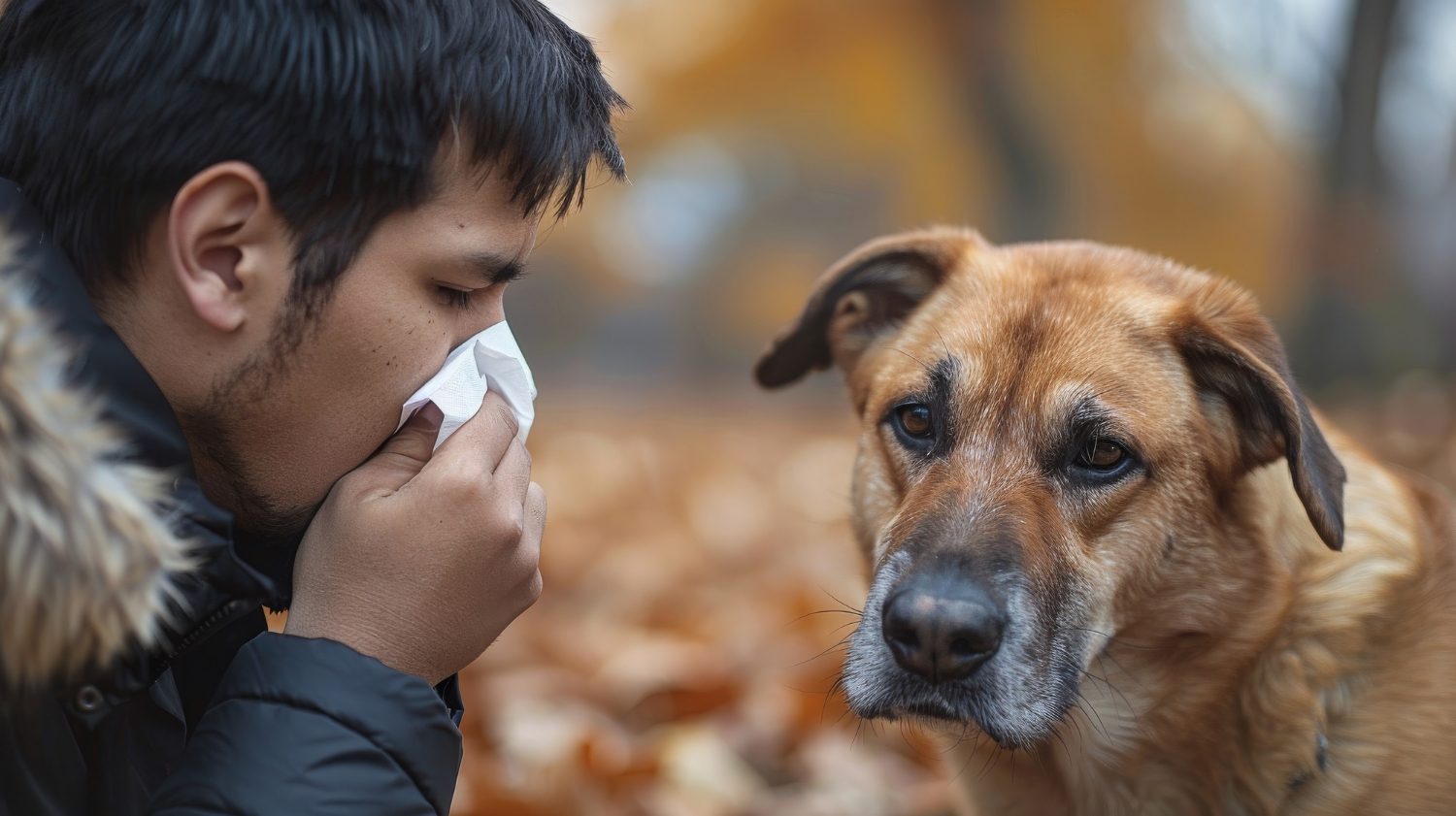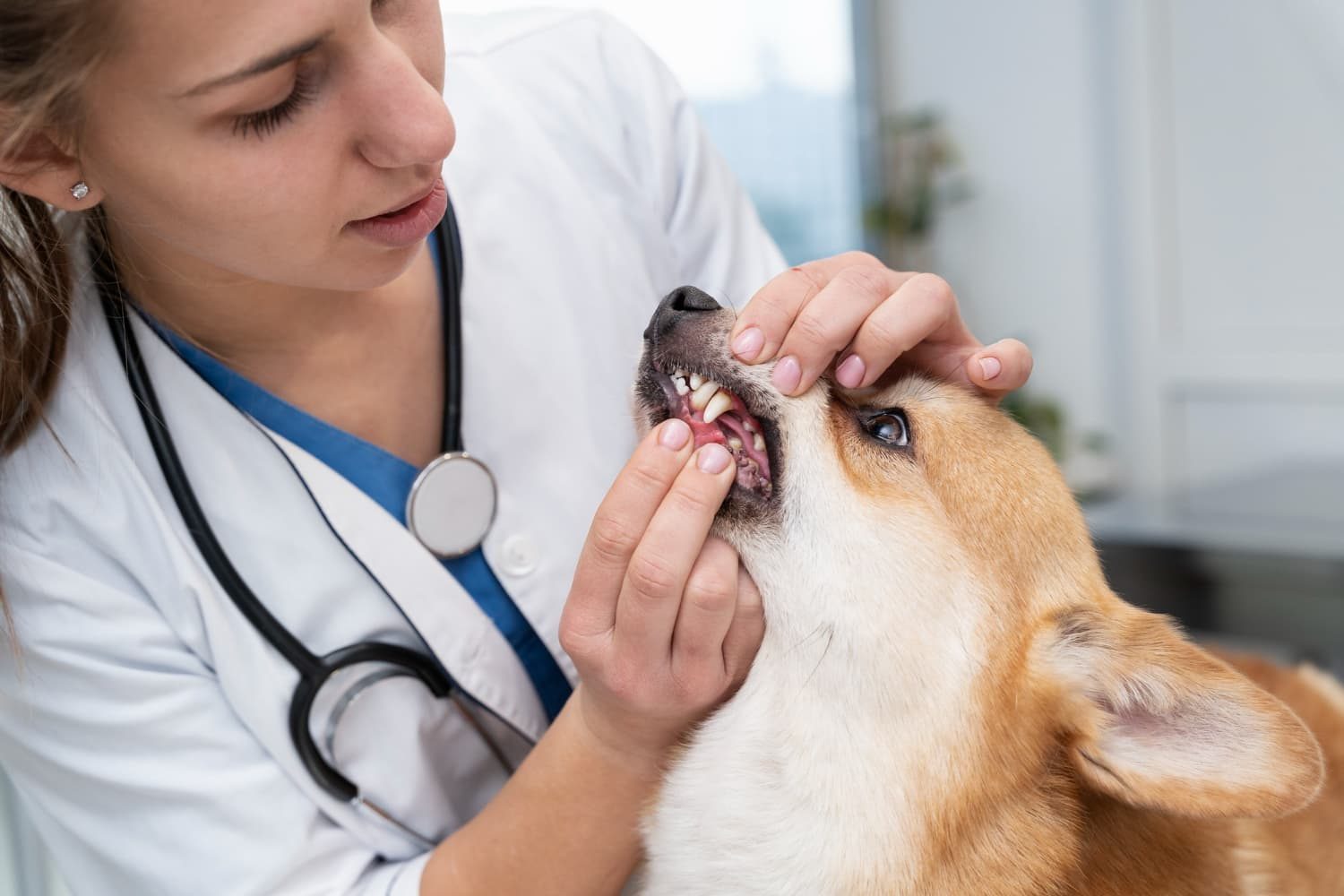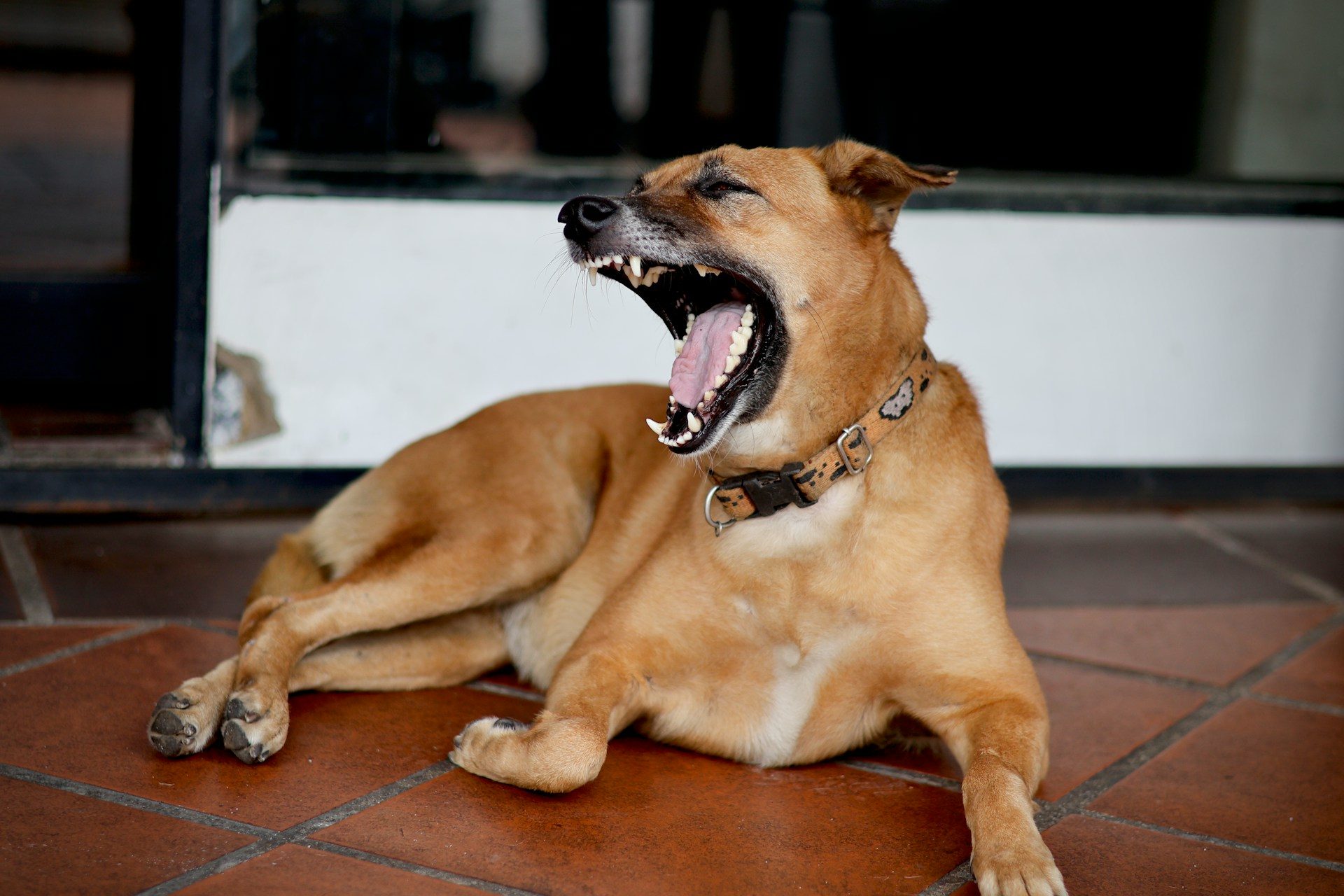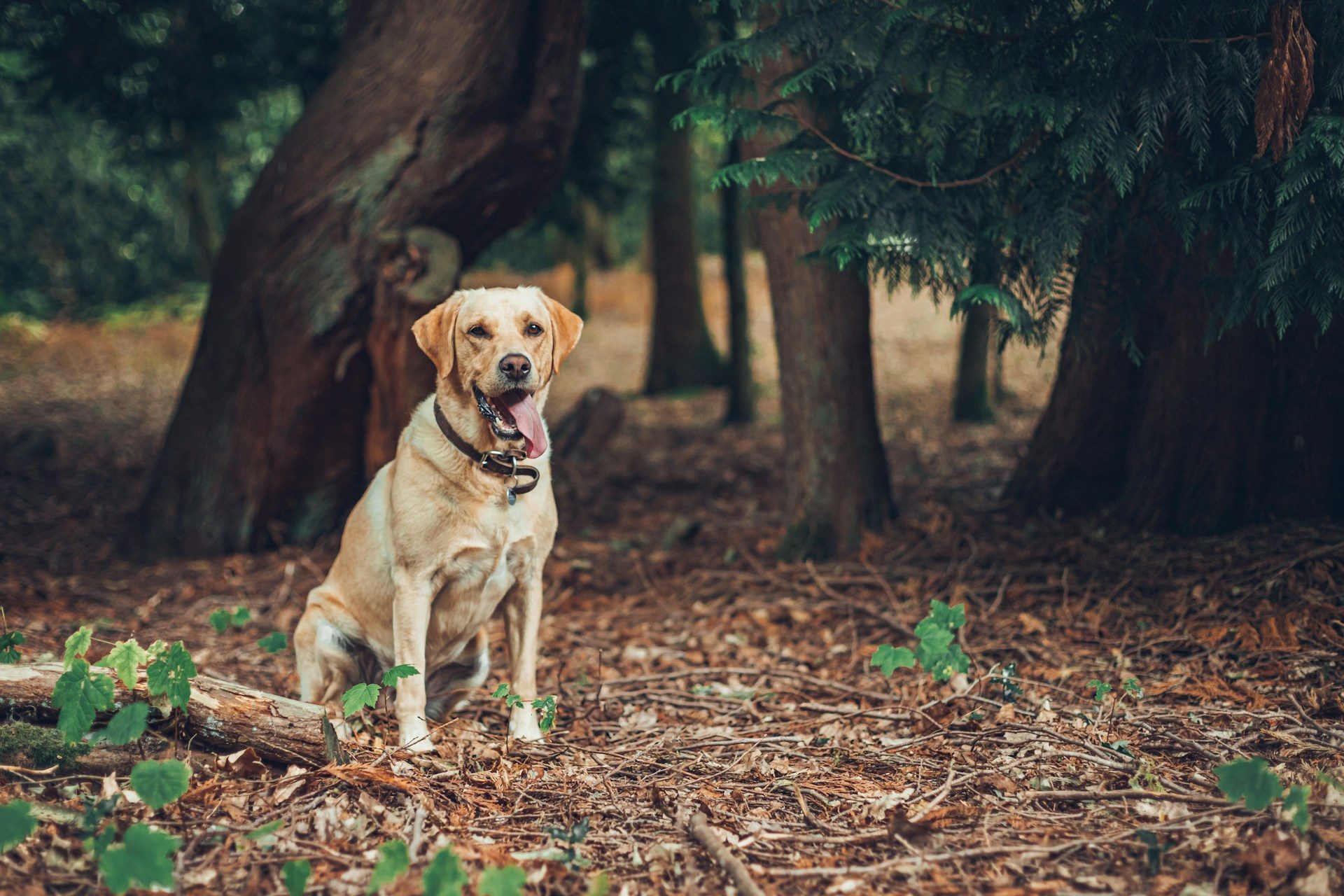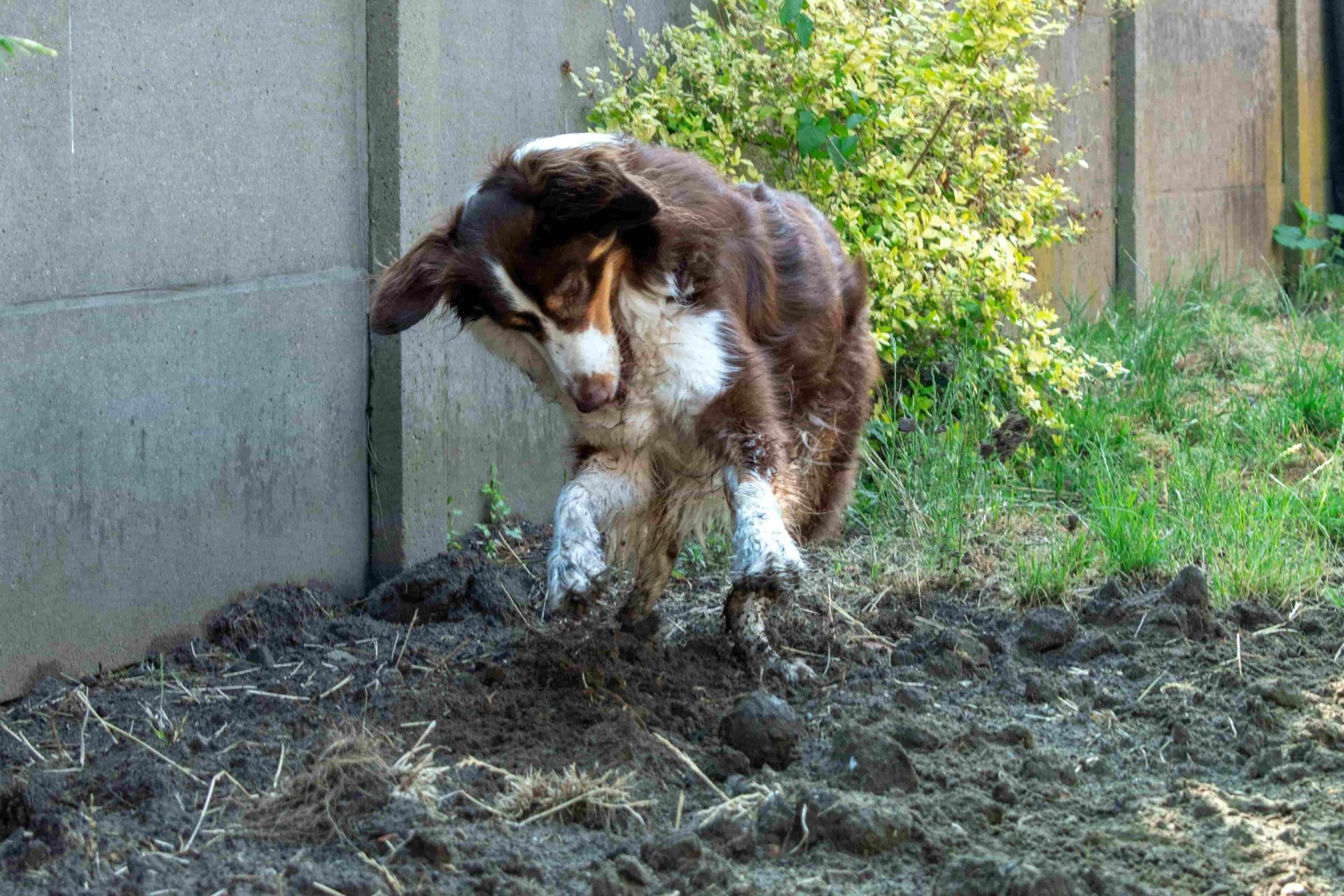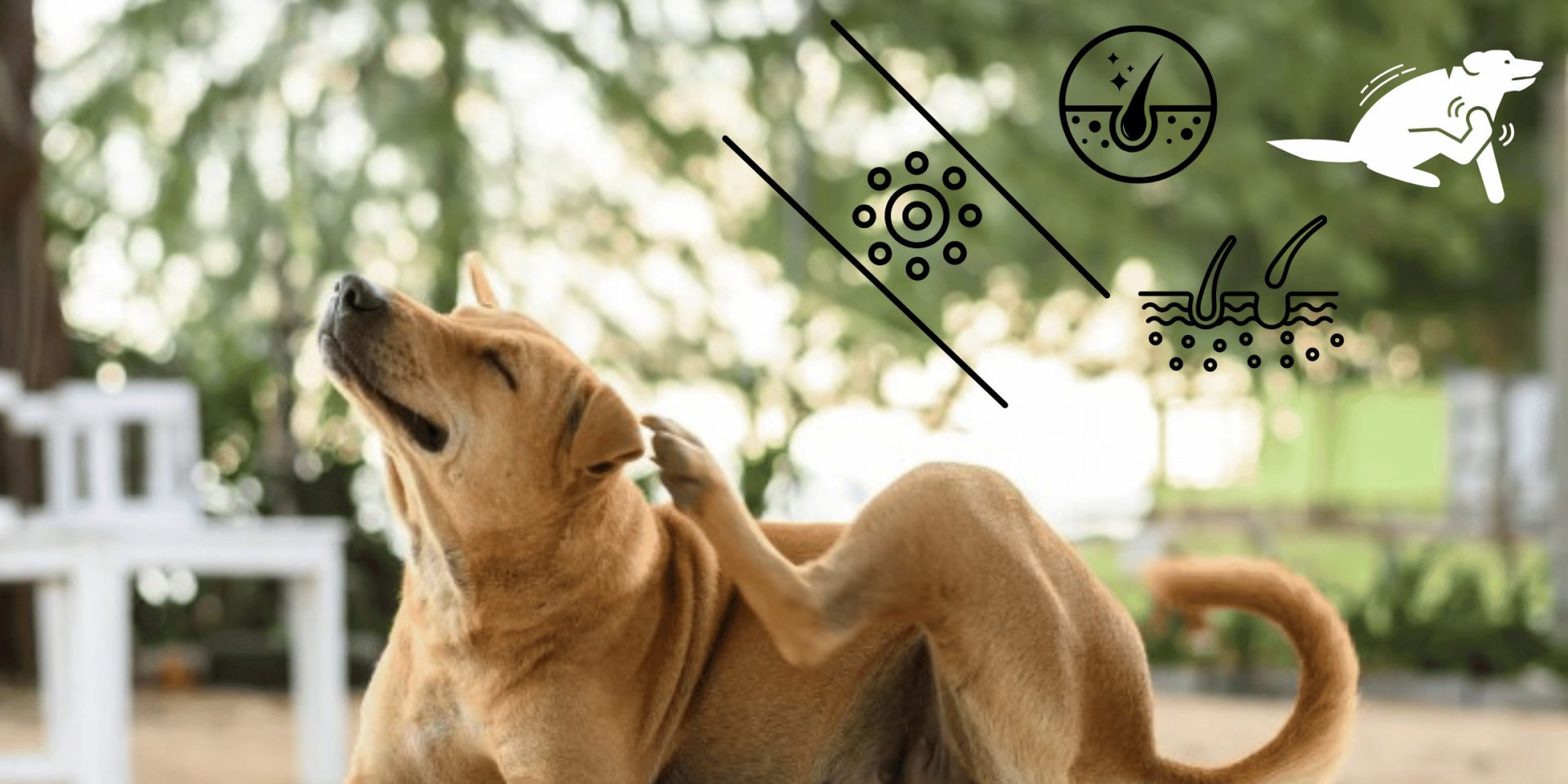Dog Allergy Symptoms: Signs, Causes, and Solutions
Is your furry friend scratching more than usual, or maybe sneezing like they have a cold? You might be wondering if your dog is suffering from allergies. Understanding dog allergy symptoms is crucial for keeping your pet healthy and comfortable. Allergies can manifest in various ways, from itchy skin to digestive issues, and recognizing these signs early can make a big difference. We’ll explore the common symptoms of dog allergies, what causes them, and how you can help your canine companion find relief. You deserve to know how to care for your dog, and being informed is the first step. Don’t let allergies take the joy out of your pet’s life. Keep reading to learn more and ensure your furry friend stays happy and healthy! Credit: thevets.com Common Symptoms In Dogs Dog allergies can cause various symptoms. Recognizing these signs is crucial. Early detection helps in managing your dog’s health. Here are some common symptoms to watch for. Itching And Scratching Itching is a primary sign of allergies. Dogs often scratch their skin excessively. This can lead to redness and irritation. You may also notice hair loss in affected areas. Red Or Inflamed Skin Allergies can cause skin inflammation. Look for red patches on your dog’s skin. These areas may feel warm to the touch. This can make your dog uncomfortable. Ear Infections Frequent ear infections signal allergies. Watch for shaking of the head. Your dog may also scratch at their ears. Foul odor or discharge could indicate an infection. Watery Eyes And Nasal Discharge Allergies can cause watery eyes. Your dog might also have a runny nose. Sneezing is another common symptom. These signs can appear during allergy season. Digestive Issues Some dogs show digestive signs of allergies. Vomiting and diarrhea are possible symptoms. Changes in appetite may also occur. Monitor your dog’s eating habits closely. Behavior Changes Allergies can affect your dog’s behavior. They may become more irritable or anxious. Excessive licking or chewing of their paws is common. Changes in energy levels might also be noticeable. Skin-related Signs Dogs can show various skin-related signs when they have allergies. These signs can be uncomfortable for your pet. Recognizing these symptoms early can help you take action. Itching And Scratching Itching is a common sign of allergies. Your dog may scratch frequently. This can lead to red, inflamed skin. Constant scratching can cause skin damage and infections. Red Or Inflamed Skin Look for areas of red or swollen skin. This can appear on the belly, paws, or ears. Inflamed skin often indicates an allergic reaction. It may feel warm to the touch. Rash Or Hot Spots Rashes can develop quickly. Hot spots are localized areas of irritation. These can become painful and may require treatment. Keep an eye out for these symptoms. Excessive Licking Your dog may lick certain areas repeatedly. This can lead to moist, irritated skin. Excessive licking often signals discomfort. Monitor your dog’s behavior for changes. Hair Loss Allergies can cause hair loss in patches. This occurs due to scratching or licking. You may notice thinning fur or bald spots. Hair loss can indicate a more serious issue. Skin Infections Allergies can lead to secondary skin infections. Bacteria or yeast can thrive on damaged skin. Signs include redness, odor, or discharge. Seek veterinary help if you notice these signs. Respiratory Issues Respiratory issues are common symptoms of dog allergies. They can cause distress and discomfort. Recognizing these signs is important for your dog’s health. Watch for changes in your dog’s breathing. Common Respiratory Symptoms Many dogs experience sneezing due to allergies. Coughing is another common sign. You may notice nasal discharge as well. Some dogs may also wheeze. These symptoms can affect your dog’s daily life. Causes Of Respiratory Issues Various allergens can trigger respiratory symptoms. Pollen from trees and grass is a frequent cause. Dust mites and mold can also lead to issues. Pet dander from other animals may contribute as well. Identifying the source can help manage symptoms. What To Do If You Notice Symptoms If your dog shows respiratory issues, consult a veterinarian. A vet can help identify the cause. They may recommend allergy testing for your dog. Treatment options can vary based on the diagnosis. Managing Respiratory Issues At Home Keep your dog’s environment clean and allergen-free. Regularly vacuum and dust your home. Using air purifiers can help reduce allergens. Limit your dog’s outdoor time during high pollen days. Digestive Problems Digestive problems can be a significant indicator of allergies in dogs. If your furry friend is experiencing digestive issues, it’s essential to pay close attention. These symptoms can range from mild discomfort to severe health risks, so recognizing them early is crucial. Common Digestive Issues Dogs with allergies often show signs of digestive distress. Common symptoms include: It’s not just about the symptoms but also how they affect your dog’s overall well-being. For instance, my dog Max used to have a sensitive stomach, leading to frequent vomiting. Once I changed his diet, his digestive issues improved significantly. Identifying Food Allergies Food allergies are a common cause of digestive problems in dogs. Ingredients like beef, chicken, dairy, and grains can trigger reactions. If you suspect your dog has a food allergy, consider an elimination diet. Have you noticed any specific foods that seem to upset your dog’s stomach? Keeping a detailed food diary can help you pinpoint the triggers. Behavioral Changes Digestive problems can lead to changes in behavior. A dog in discomfort may become more withdrawn or irritable. They may also refuse to eat or show signs of anxiety during mealtime. Pay attention to your dog’s eating habits. If your usually enthusiastic eater suddenly turns their nose up at food, it might be time to investigate further. When To See The Vet Don’t hesitate to consult your veterinarian if you notice persistent digestive issues. A vet can perform tests to identify allergies and recommend appropriate treatments. Early detection and intervention can lead to a happier, healthier life for your dog. … Read more

